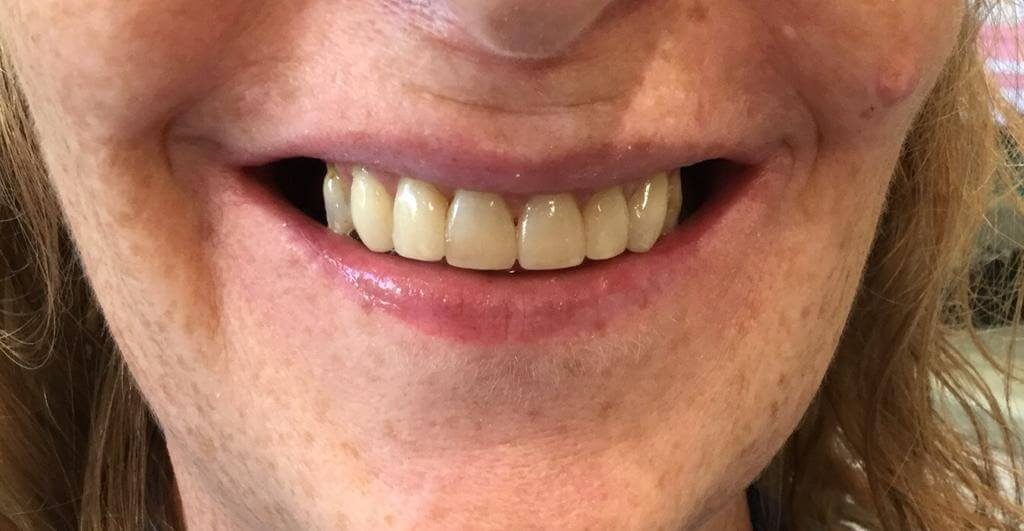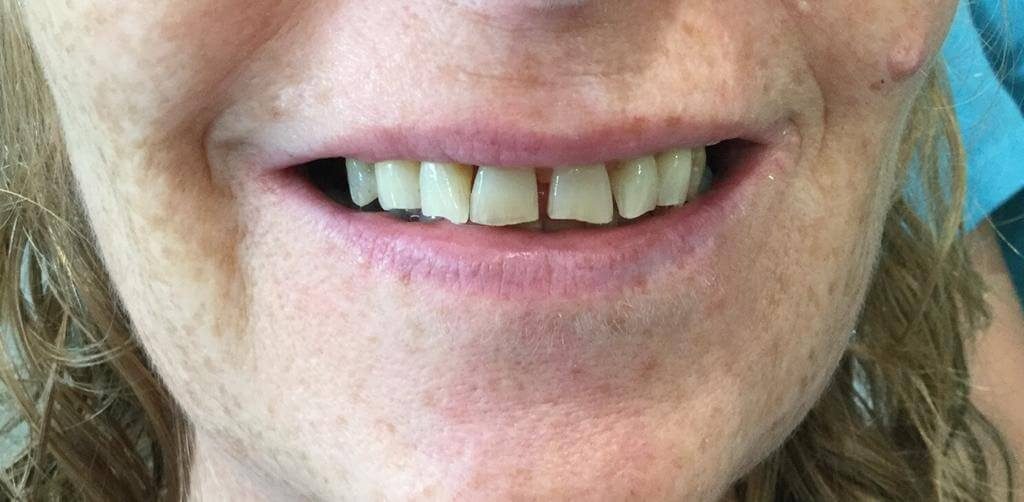What We Do


What Is Composite Bonding?
Composite bonding is a cosmetic dentistry procedure in which a tooth-colored composite resin material is applied to a tooth, sculpted into shape, hardened, and polished. It’s called bonding because the material chemically bonds to the tooth. Dental bonding is ideal for small cosmetic dentistry work, such as fixing a broken or chipped tooth or closing small gaps between teeth. Composite resin is also used as a tooth-colored filling for small cavities because it is more cosmetically appealing than silver fillings.
What Does Composite Bonding Involve?
Your dentist will first apply a gentle phosphoric acid to the surface of your teeth, which etches and roughens the surface to help the bonding material stay in place. This process doesn’t hurt. The putty-like material is then placed on the tooth’s surface, shaped and sculpted. A special blue light is used to help the material harden and set. Finally, the composite is polished and buffed for a smooth finish.
Pros and Cons of Composite Bonding
Composite bonding is less expensive than veneers, but it also has drawbacks,”
Advantages of Composite bonding include:
Cost
The average cost of composite bonding ranges from £100 to £300 per tooth.
Speed
Composite bonding typically requires only one appointment. The entire process can be accomplished in 30 to 60 minutes per tooth.
Ease
Bonding material can become stained
Less durable
When Composite Bonding is a Good Choice?
If you have a minor cosmetic dentistry issue — such as a cracked or discolored tooth, a gap between your teeth, or silver fillings that show when you smile — composite bonding may help.
“Composite bonding is also used in cosmetic dentistry to reshape or recontour teeth,”. In contrast to veneers and bleaching, however, dental bonding can’t be used to whiten your entire smile. Dental bonding can also be appropriate as “white fillings” for small cavities in teeth that are not exposed to excessive force when chewing, but the material used in dental bonding may not be durable enough for large cavities.
Maintenance of Composite Bonding
Because composite bonding is more susceptible to staining and chipping than other forms of cosmetic dentistry, special care is required to keep your bonded teeth looking natural. Here are some tips to keep your composite bonding in tip-top shape:
· Cut down on coffee, tea, and red wine.
· If you’re a smoker, this is a good reason to quit — not to mention that smoking also increases your risk of gum disease and oral cancer.
· Since composite bonding can chip easily, avoid biting your nails or chewing on hard objects, such as ice, pencils, and raw carrots.
· Call your dentist if you notice sharp edges or if your teeth feel strange when you bite down. If necessary, dental bonding can be repaired or touched up.
Because composite bonding does take some artistic skill for optimal cosmetic results, it’s important to choose a dentist experienced with the procedure. Don’t hesitate to ask to see before and after photos of your dentist’s previous composite bonding patients.
Composite bonding isn’t appropriate in every situation, but it can be a quick and relatively inexpensive way to improve your smile. And feeling good about the appearance of your teeth can help you maintain good dental health..








